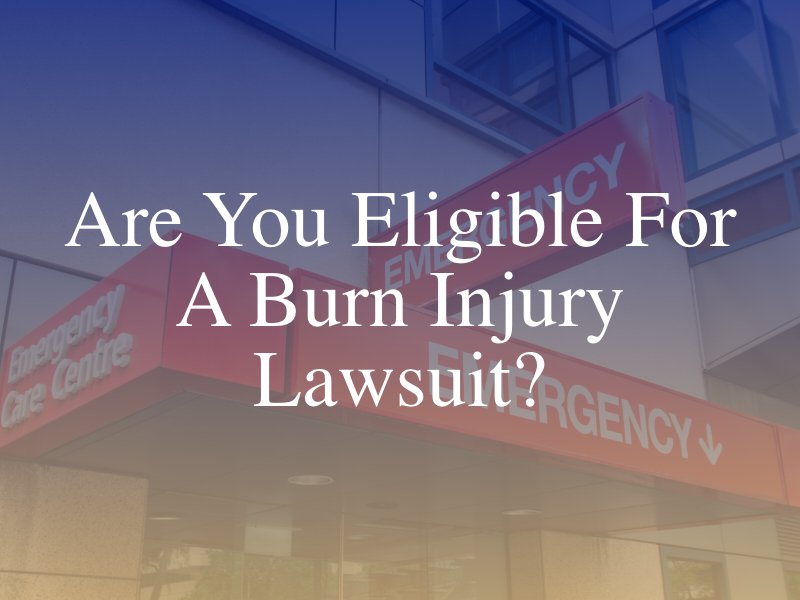
What Are the Types and Degrees of Burns?
Colburn Law
Posted in Blog,Burn Injuries on November 16, 2023
Burn injuries are among the most painful and traumatic experiences one can endure. Depending on the severity of the burn, the path to recovery can be long and fraught with physical and emotional challenges. To help determine the best course of treatment for burn victims, medical professionals classify these injuries into four main types, which are known as degrees.
First-Degree Burns
First-degree burns are the mildest form of skin injury. They affect only the epidermis, which is the outer layer of skin. They are often caused by brief contact with hot materials, sunburn, or mild chemical burns.
Symptoms of first-degree burns include:
- Mild redness
- Slight swelling
- Dry, peeling skin
- Tenderness to touch
While they can be uncomfortable, first-degree burns usually heal on their own within a few days without long-term damage. However, it is important to monitor them for signs of infection or other complications.
Second-Degree Burns
Second-degree burns are more severe, extending beyond the epidermis to the dermis, which is the layer of skin beneath the epidermis. These burns often occur from longer exposure to heat sources, scalding liquids, or chemicals.
Some of the signs of a second-degree burn include:
- Blisters
- Deep redness
- Shiny appearance
- Severe pain
- A wet-looking surface
Healing times can vary significantly and may require several weeks, depending on the extent of the damage. Proper medical treatment is essential to reduce the risk of scarring and to ensure proper healing.
Third-Degree Burns
Third-degree burns are serious injuries that penetrate the full thickness of the skin, destroying both the epidermis and dermis. They may appear white, blackened, or charred, and may not cause pain initially due to nerve damage.
Recovery from third-degree burns often requires intensive medical care, including possible skin grafts, and the healing process can be lengthy and complex. The risk of complications is high, and patients often need specialized treatment in a burn center or hospital.
Fourth-Degree Burns
Fourth-degree burns are the most severe, extending into the muscles, ligaments, tendons, and sometimes even bones. They are life-threatening and require immediate medical attention. The areas affected by fourth-degree burns are often numb due to nerve destruction.
Symptoms of fourth-degree burns may include:
- Charred skin
- Lack of sensation
- Visible bone or tendons
- White or brown dry surface
Treatment for these injuries often involves surgery and long-term rehabilitation, and the prognosis depends on the extent and location of the burn. Unfortunately, many victims of fourth-degree burns do not survive their injuries.

Are You Eligible for a Burn Injury Lawsuit?
If your burn injury resulted from someone else’s negligence or wrongful action, you might be entitled to file a lawsuit. This can include situations such as workplace accidents, defective products, car accidents, or unsafe property conditions. In these cases, you can hold the at-fault party accountable for the damages that you have suffered and recover compensation for medical expenses, lost wages, and pain and suffering.
Determining liability in burn injury cases can be complex, and it’s crucial to consult with an attorney who can evaluate the specifics of your case. A Seattle burn injury attorney can provide you with the necessary guidance and representation to seek the justice and compensation you deserve. Contact a personal injury lawyer in Seattle as soon as possible to learn more about your legal options and plan your path forward.



